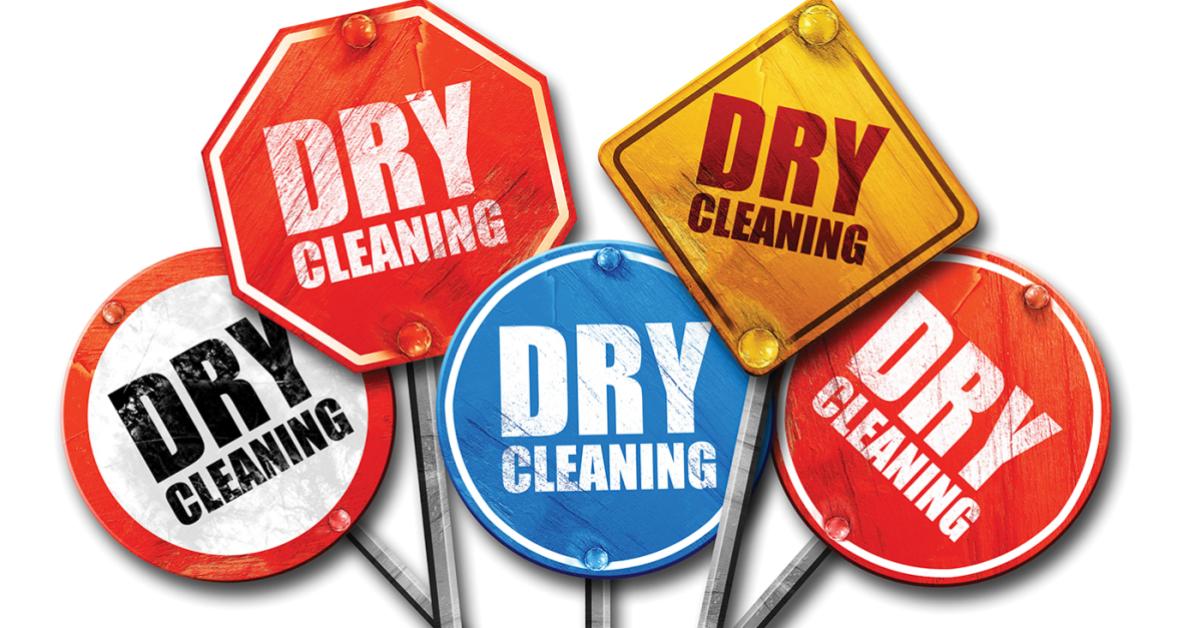CHICAGO — In a perfect world, drycleaning plants would have extra equipment on hand in the event that something breaks. In the real world, however, the expense and space available in many plants make this impossible. Still, when it comes to keeping their machines running, there are some simple actions that dry cleaners can take to keep the plant productive.
In Part 1 of this series, we examined factors that go into planning for redundancy, and in Part 2, we looked at some ways to keep moving even if complete redundancy isn’t an option. Today, we’ll conclude by exploring important considerations when it comes to parts, and what might work if the worst happens.
Parts on Hand
Having redundant parts available for repairs is a great middle-ground alternative to having multiple pieces of equipment, says Vic Williams Eastern sales manager of equipment manufacturer Union Dry Cleaning, as well as the owner of Impressive Cleaners and Formal Wear in McDonough, Georgia. Having the right part for the moment you need it, however, might take a bit of planning.
“Think about things like a belt for the conveyor, for example,” he says. “You never think to check it until the time that it goes bad, and then your conveyor is down and you’re trying to find that special belt. You want belts for any of the machines that use them — conveyor, washer, dryer, and so on — because these days often it’s not something that you’re going to be able to go down to the hardware store and get a replacement. Belts usually aren’t that expensive, but it’s something you’re going to have to research, and if it breaks, you’ll be down until you can find another one.”
These specialized parts might be inexpensive, Williams says, but having them on hand when needed can be tricky.
“There are small little fuses that we sell here — these fuses are 10 or 20 cents — but you can’t go down to Home Depot and get them,” he says. “With things like that, you don’t need them until you need them. I would recommend calling up the manufacturer and asking what parts they recommend having on hand that are not very expensive. Then, just have it on the shelf as an investment.”
It’s also helpful to look at the cleaning plant as a whole, because there might be savings to be found.
“In a lot of cases, where you have numerous pieces of one brand of machine, it’s pretty easy to take the manuals for those machines and pare down a list of common parts that are universal to that brand’s equipment,” says Jerry Moore, owner of equipment supplier Moore Services, Cleveland. “That will save you some money and give you backups, not just for one unit, but for perhaps several.”
And, while having the spare parts that might be necessary to get a plant back up and running can give a cleaner peace of mind, Mike Tungesvick, national sales manager for equipment manufacturer Sankosha USA, knows that not being able to find them or the tools needed to install them in an emergency can be nothing short of infuriating.
“You want to keep them organized,” he says. “Have a place that serves as a workshop for tools and spare parts. That saves a lot of headaches. A cleaner might order parts, and the parts will come in, but then I get a call asking why they haven’t received them yet. We’ll do the research and see that they were shipped and signed for, but they just get lost in the shuffle at the plant. Having an organized place for that sort of thing, where you can find everything when you need to make a repair, is very important.”
“You have to stay on top of your machinery,” Moore says. “Have a couple of spare relays for your boiler or a handful of common spare parts for your presses. It might cost some money, but considering the cost of downtime, it’s a no-brainer. As the saying goes, hope for the best and plan for the worst.”
Reaching Out
No matter how much maintenance is performed and how many spare parts are assembled, there very well may come a day when that crucial piece of equipment fails to function. If that day comes, cleaners may need to ask for help.
“Have a plan of action, not just, ‘Well, the machine is broken. What am I gonna do?’” Williams says. “Maybe have a friend in the area who can do your cleaning for the day until you figure out what you’re going to do. We’re all competitors, but we can be friends, too. If you have a friend who can help you out, you may be able to help them out one day.”
“It’s tough if you’re all by yourself in a town, where you’re the only cleaner for 300 miles,” Tungesvick says. “That’s a difficult proposition where, obviously, you should be planning for that. But if you’re in a city, are you at least friendly with your competition? These days, you might not be fighting tooth and nail for the business because there are fewer cleaners — you’re each getting a bigger piece of the pie. We hear stories of cleaners helping each other out when something happens.”
Moore has also seen this solidarity between cleaners.
“That’s one thing that’s always stood out to me in our industry — the camaraderie that dry cleaners seem to have with one another,” he says. “When the chips are down, the guy up the street is the one who will usually bend over backwards to help. So, my advice for small cleaners is to ask for help. Our industry is filled with what Mr. Rogers would have called ‘The Helpers.’ They’re out there, and they are typically willing to help. And, at the same time, if the opportunity presents itself, you should be the helper.”
For Part 1 of this series, click HERE. For Part 2, click HERE.
Have a question or comment? E-mail our editor Dave Davis at [email protected].























